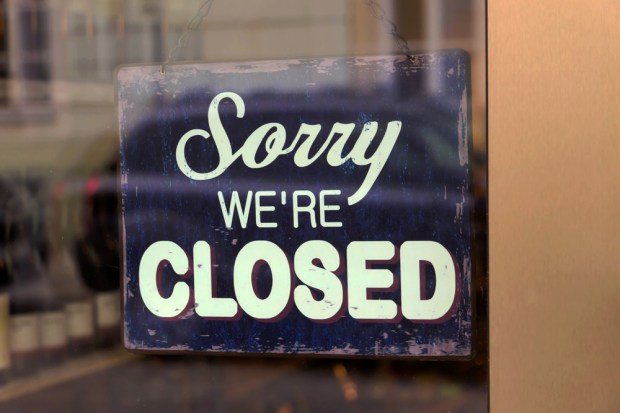Rising Delinquency Rates Dampen Reports Of Stronger Business Performance

There is a lot to be optimistic about for U.S. businesses. A strengthening economy and forecasts of new revenue heights have corporates large and small looking up.
In the latest “Biz2Credit Small Business Lending Index,” researchers found — yet again — that financial institutions (FIs) are continuing to increase their loan approval rates. Big banks’ approval rates are now at pre-recession rates, while small banks now grant more than half of the small business loan applications they receive.
Separate analysis released by Dun & Bradstreet (D&B) in its “Q3 2018 U.S. Industry Delinquency and Failures Report” found a continued decline in corporate failures across the manufacturing, retail, transportation, real estate, business services, personal services, construction, automotive and financial services industries.
“Businesses seem to be stabilizing in the backdrop of a strong labor market and GDP growth, possibly resulting in the dip in insolvency and bankruptcy filings,” explained Dun & Bradstreet Senior Director of Economics Nalanda Matia in an announcement of the report.
However, it’s not all good news: D&B also concluded that overall payment delinquency rates among U.S. corporates — that is, businesses that are severely late in paying at least 10 percent of the dollars they owe, and seek legal relief from creditors or shutter doors without repaying their debts within a year — are on the rise. As Biz2Credit research suggested that access to credit for small businesses continues to grow easier, the business community may be at risk for even higher delinquency rates.
“While businesses are growing (hiring workers, producing goods and providing services), they are struggling to meet their payment obligations on time,” Matia continued.
Failure and delinquency rates are not the same across industries, however. Below, PYMNTS examines some of the key findings of D&B’s report in the context of rising small business loan approval rates.
A 16.8 percent annual decline in business failure rates is more reason for the business community to be optimistic, with the business services space showing the lowest failure rates. Yet, the financial services and automotive industries both saw increases in failure rates during Q3 (1.6 percent and 0.8 percent, respectively). According to D&B, the increasing demand for business services that include data analytics is promoting industry growth and supporting the drop-in failure rates. In the financial services space, however, businesses — particularly small firms — “are finding it harder than the average business to keep their doors open,” said Matia.
Five industries’ severe delinquency rates were higher than the quarterly average of 3.06 percent. Late payments may be a reflection of the struggle for some companies to manage their everyday business processes, according to D&B’s report. Industries struggling with sluggish growth and declining demand, including the automotive and transportation sectors, saw the highest payment delinquency rates in Q3. The knock-on effect of payment delinquencies can be troubling, too, particularly for small suppliers of companies struggling to get paid on time.
In November, 26.9 percent of large banks approved small business loan applications, Biz2Credit research found. Small banks, meanwhile, approved of 50.2 percent. With banks often the first source of financing for small businesses in need of capital, rising approval rates among traditional lenders mean more opportunity for missed payments, and for delinquency rates to rise.
